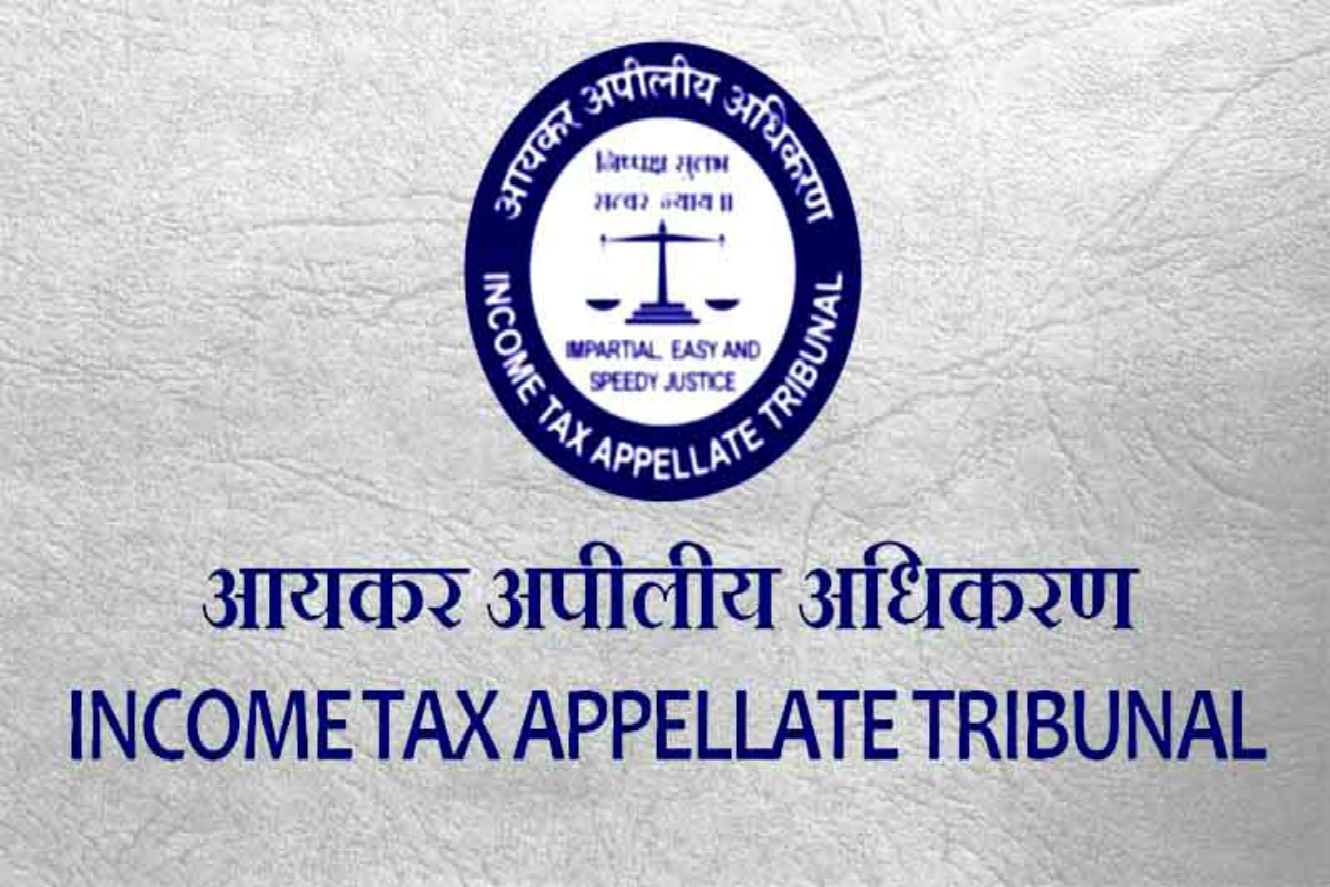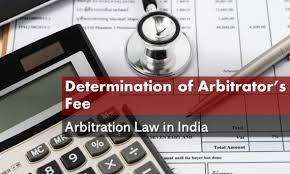S.K. Desai, J.@mdashA very short point arises in this Misc. Petition which is filed by the Unichem Laboratories Ltd., hereinafter referred to as "the petitioners", against the order and the demand which are annexed as Exhibit ''D'' and part of Exhibit ''E'' (Collectively) respectively to the petition.
2. The petitioners are manufacturing a protein powder called "PRO-VITA", the two constituents of which are groundnut powder and soyabean powder. The percentage wise composition of Provita powder is indicated in paragraph 2 of the petition. The Provita powder, according to the petitioners, is used in order to fortify the protein and vitamin contents of the normal household food, and it is added to and mixed with other flours and thereafter used in preparations of articles of food. According to the petitioners, Provita by itself cannot be considered to be a prepared or preserved food,
3. Exhibit ''A'' to the petition is a classification made by the petitioners in which the various types of preparations manufactured by them were indicated. We are concerned with particulars of other goods to be found at page 10 of the said classification. Item No. 2 of this page 10 is Provita Powder and this declaration is made by the petitioners on 1st January 1971 and a decision appears to have been taken by the Superintendent of Central Excise that the goods mentioned at pages 9, 10 and 11 are non-excisable. The commercial sales of Provita powder were started in July 1971.
4. It appears that thereafter in 1973 an oral enquiry was made from the petitioners as regards the composition of Provita powder. The petitioners replied to this inquiry by their letter dated 30th July 1973; a copy of the said letter is to be found annexed as Exhibit ''B'' to the petition. Thereafter further inquiries were made regarding the receipt and issue of the said product, and by their letter dated 20th August 1973 the petitioners gave the necessary particulars. This was followed by Exhibit D.
5. Exhibit ''D'' is dated 25th August 1973. It states that the Collector of Central Excise has ordered that the product Provita powder is excisable under Tariff Item 1B. The petitioners were directed by Exhibit D to submit a revised classification list, the price list, the application for licence and effect clearances on the said footing as found in Exhibit D. On 27th August 1973 a notice of demand was served on the petitioners under Rule 9(2) read with Rule 173-Q of the Central Excise Rules, 1944. The amounts claimed in this notice for the period January 1971 to August 1972 and from September 1972 to August 1973 respectively are Rs. 51,740.43 and Rs 1,62,859.90 respectively.
6. It may be mentioned that by their attorneys'' letter dated 30th August 1973 the petitioners pointed out that the demands were illegal, and on 4th September 1973 the present petition was filed in which Rule was issued by Mukhi J. on 6th September 1973.
7. Rule 9(2) of the Central Excise Rules, 1944, under which the demands are issued, provides as follows:
9(2) If any excisable goods are, in contravention of Sub-rule (1) deposited in, or removed from, any place specified therein, the producer or manufacturer thereof shall pay the duty leviable on such goods upon written demand made by the proper officer, whether such demand is delivered personally to him, or is left at his dwelling house, and shall also be liable to a penalty which may extend to two thousand rupees, and such goods shall be liable to confiscation.
Thus Rule 9(2) is in the nature of a penalty provision provided for action to be taken against the person who has clandestinely removed excisable goods without complying with the requirements of Rule 9(1). It may be pointed out that the rule has been understood in this manner by several decisions, and only one or two of them may be referred to.
8. The challenge to the vires of Rule 9(2) was considered by the Gujarat High Court in Jamnadas Chhotalal Desai v. C.L. Nangia, Deputy Collector of Central Excise, 6 Guj. L.R. 137. Rule 9(2) and Rule 10-A as then existing were considered by a Division Bench of the very same High Court consisting of J. B. Mehta and S.H. Sheth JJ. in Special Civil Application Nos. 529, 530 and 531 of 1964 (Girishchandra Natwarlal Shah v. Union of India, etc.- decided on 30th April 1969). In these decisions it has been observed that Rule 9(2) covers cases of clandestine removal.
9. In my opinion, both the directive or order of the Collector (Exhibit D) and the notice of demand [part of Exhibit E (Collectively) ] are totally unsustainable and will be required to be quashed.
10. Exhibit D just contains an order or the Collector, and the way in which the order is conveyed by the Superintendent does not indicate that anything has been considered. It is not a decision by the Assistant Collector who could have passed a proper quasi-judicial order after considering the plea of the party affected by that order. The manner of passing that order is improper and the so-called order conveyed to the petitioner by the Superintendent also does not indicate that any relevant point has been considered by the deciding authority. Both the manner of making the order and the contents of the order, Exhibit D, require that the order be quashed. This of course will be without prejudice to the Excise authorities proceeding to pass proper orders under the available provisions in a proper manner.
11. This brings us to Exhibit E (Collectively). In their affidavit in re-ply it has been conceded in paragraph 15 that Rule 9(2) had no application since the goods had not been removed clandestinely or (sic) a naive attempt is made to submit that the demand can be substantiated under Rule 10A.
12. It is now settled that if the authority had intended to proceed under a particular section or rule or exercise power under that section or rule but through error another section or another rule was indicated in the order, such an error would not vitiate the order or the exercise of power and that order or exercise of the power can be sustained by drawing the attention of the Court to the proper rule or section which ought to have been indicated. This is not the case here. It is nobody''s case that action u/s 10-A was contemplated but through mistake the notice of demand mentioned Rule 9(2). \\At one stage Mr. Dalai did seek an adjournment to enable him to find out whether such mistake had been committed and if necessary to make an affidavit indicating that the notice of demand under Rule 9(2) had been served on the party through mistake when the demand was required to be made under Rule 10-A. It is only in the latter case that the decisions of the Supreme Court to which my attention was drawn would help the respondents. If a demand under Rule 10-A had been intended, then the notice of demand would not be quashed on the simple plea that it mentions Rule 9(2). But that is not equivalent to holding that when the demand is intended to be made under Rule 9(2) and the notice demand mentions Rule 9(2), that demand can be sustained by reference to some other provision, e.g. Rule 10-A on a hypothetical footing. I am not concerned with whether the Excise authorities could have acted under Rule 10-A. It is nobody''s case that the Excise authorities wanted to act under Rule 10-A and it is nobody''s case that mention of Rule 9(2) in the notice of demand was through mistake or inadvertence.
13. Further, it is very clear that the procedure to be followed before issuing the notice of demand under Rule 10-A is different from the procedure which is required to be followed for issuing a notice of demand under Rule 9(2) Rule 10-A has been amended from time to time and at the relevant period it provided for service of a notice on the person in the first instance and thereafter determining the amount of duty deficiency after considering the representation of such person, if any, to be followed by a notice of demand. This exposes the total fallacy of the submission to be found in paragraph 15 of the return. The notice of demand was not under Rule 10-A; it was not intended to be under Rule 10-A; it did not follow the procedure laid down by Rule 10-A and, therefore, there is no question of sustaining it under Rule 10-A.
14. A similar naive submission was made at the bar on behalf of the respondents viz that if Exhibit D was passed in violation of principles of natural justice the respondents are today prepared to give a hearing before implementing the same. That is surely putting the cart before the horse. An effective hearing is required to be given and it is required to be a genuine and not a sham hearing. Such plea raises strong suspicion that there will be a mere pretence of a hearing followed by an order sustaining the earlier decision which was taken without hearing the affected party. If the decision of the Collector conveyed to the petitioners by Exhibit D is quashed, it will be open to the respondents to proceed under the appropriate available provisions in an appropriate manner and any decision by the Court quashing Exhibits D and E cannot restrict the powers which are possessed by the respondents. The only restriction must be that powers must be possessed and must be exercised as required by the rules and in conformity with the principles of natural justice.
In the view that I have taken, I do not think it proper to express any (sic) merits of the demand.
In the result, the Rule is made absolute in terms of prayers (a) and (b).'' This will be without prejudice to the right of the respondents to proceed further which can never be affected by such orders quashing improper orders and notices of demand.
15. The respondents will pay to the petitioners the costs of the petition quantified in accordance with the present rules at Rs. 300/- (three hundred).

